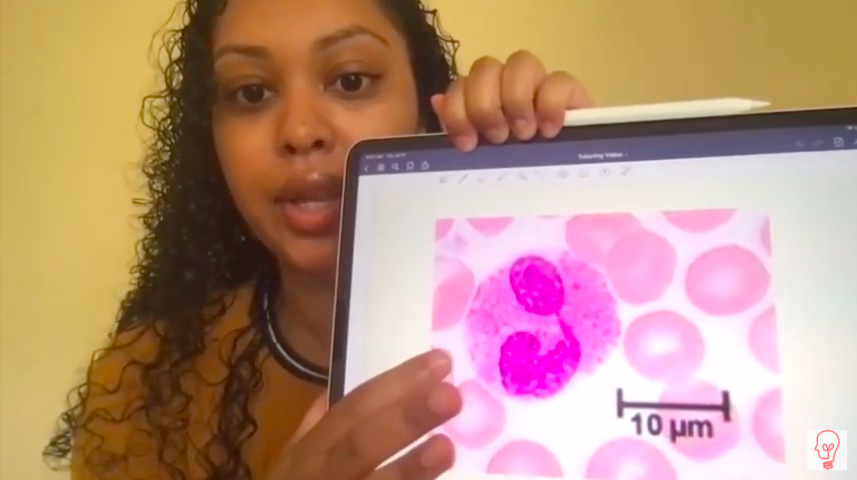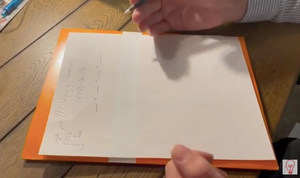Hi, my name is Lisa. And today I'll be talking to you a little bit about blood.
Whether or not you've studied blood in your classes, we've all come in contact with it, whether we cut our finger or we fall, and we scrape our knee; when that blood comes gushing out, that red stuff that we see, we all try to get a bandaid or cover it up, but what exactly makes up blood?
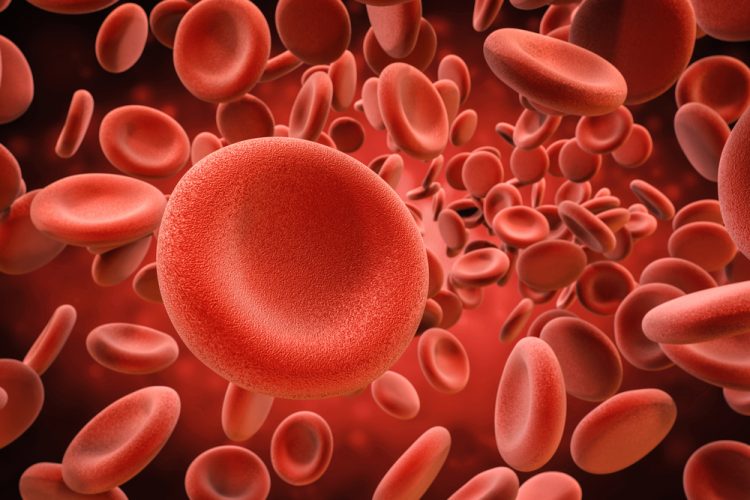
That's what we're gonna be diving into a little bit today. So there are four main types of tissue in our body. There is epithelial tissue, connective tissue, muscle tissue, and nervous tissue. Blood is part of that second group that I mentioned.
Blood is a specialized type of connective tissue, where the matrix of it consists of a free-flowing ground substance called plasma. 55% of blood is plasma. Plasma is made up of water, proteins, and other salutes like nutrients and gases.

But today we're gonna be focused on the other 40 for 45% of blood, which is called formed elements. Those formed elements include red blood cells, which make up 99% of the formed elements, platelets -also known as thrombocytes, which make up about less than 1% and white blood cells leukocytes, my favorites, who also make up less than 1% of the formed elements, but they play a major role in immunology, which we'll discuss today. So those white blood cells also known as leukocytes can be categorized into two different groups. There are granular leukocytes (meaning granules within the cell) called neutrophils, basils, and eosinophils. And then the other group is the non-granular leukocytes (without, or no granules) and these include lymphocytes, which give us our T cells and our B cells and our natural killer cells, and monocytes, which give us macrophages. So we're gonna be discussing a little bit about each of those groups that I mentioned:
Leukocytes are nucleated cells, meaning they have a nucleus, not to be confused with the red blood cells which do not have nuclei. So neutrophils are the first group that we're gonna be discussing. It consists of the largest group of white blood cells, about 60 to 70% of circulating leukocytes are neutrophils.
So when we were, at a histological stain or a blood smear and see leukocytes, what we would see is a nucleus with two to four lobes that are connected by a third thin strand, some of the functions of neutrophils is that it's the fastest response of all leukocytes to bacteria. It recognizes bacteria and other infectious agents, and phagocytosis or eats that bacteria. Its direct actions are against bacteria by also releasing something called lysosomes that destroy and digest bacteria, and they release defense in proteins that act like antibiotics to destroy that bacteria.
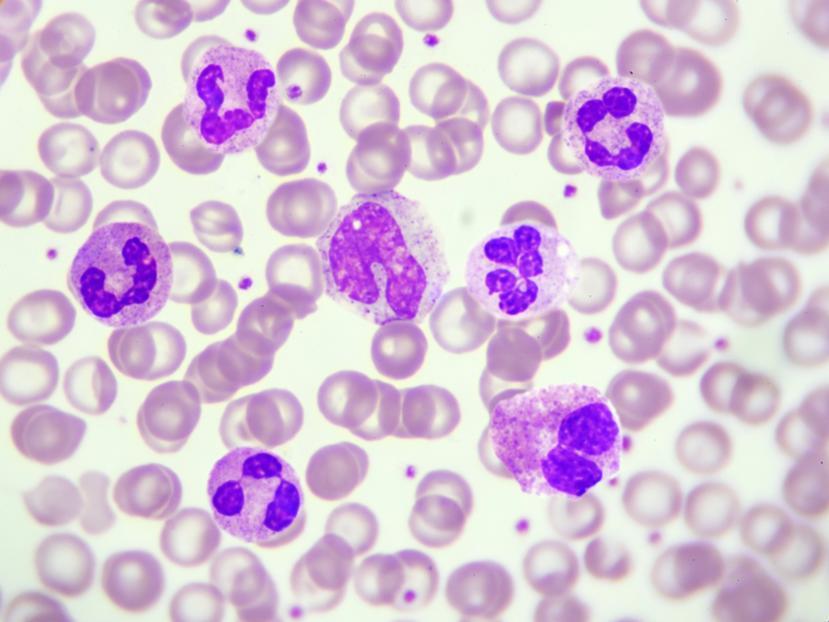
The next group is our eosinophils. Their nucleus is typically loped, meaning there are two parts of the nucleus connected once again by a thin strand, their cytoplasm contains large and uniform size granules that stain orange and red with acidic dyes, those granules are important because they contain four major proteins that allow eosinophils to fight off also infectious agents. The percentage of eosinophils compared to neutrophils are much, much lower. So if you remember neutrophils make up 60 to 70% of circulating white blood cells, and eosinophils only make up two to 4%.
Next are basils. Basophils in terms of their nucleus, it's large irregular, and sometimes S-shaped BI lobed nuclei. Their cytoplasm contains large variable-sized granules that stain blue and purple with basic dyes, not to be confused with eosinophils that stain orange-red with acidic dyes. So basophils are makeup less than 1% of circulating leukocytes. They are the lowest percentage of white blood cells, but that doesn't make them any less important. They heighten the inflammatory response and account for hypersensitivity or allergic reactions, they leave the capillaries and enter the connected tissue and release heparin and histamine. These are all things that we'll talk about at a later time, but that help fight off that hypersensitivity reaction that's going on.
So those are the three granular leukocytes. And so let's take a quick break here to look at the histology and test our knowledge. And if we can remember them. So this one here, let's see, what do we see? We see the white blood cell here, these around it are the red blood cells. As you can see, they lack a nucleus, t but this one here, it's a white blood cell. Do we know how many lobes in the nucleus you see? I see two, and I see that there's a thin strand that connects the two. Can you remember which one of them was BI lobed and had a thin strand? Okay. If you said eosinophil, you are correct. So good job. We'll come back to more of those later on.
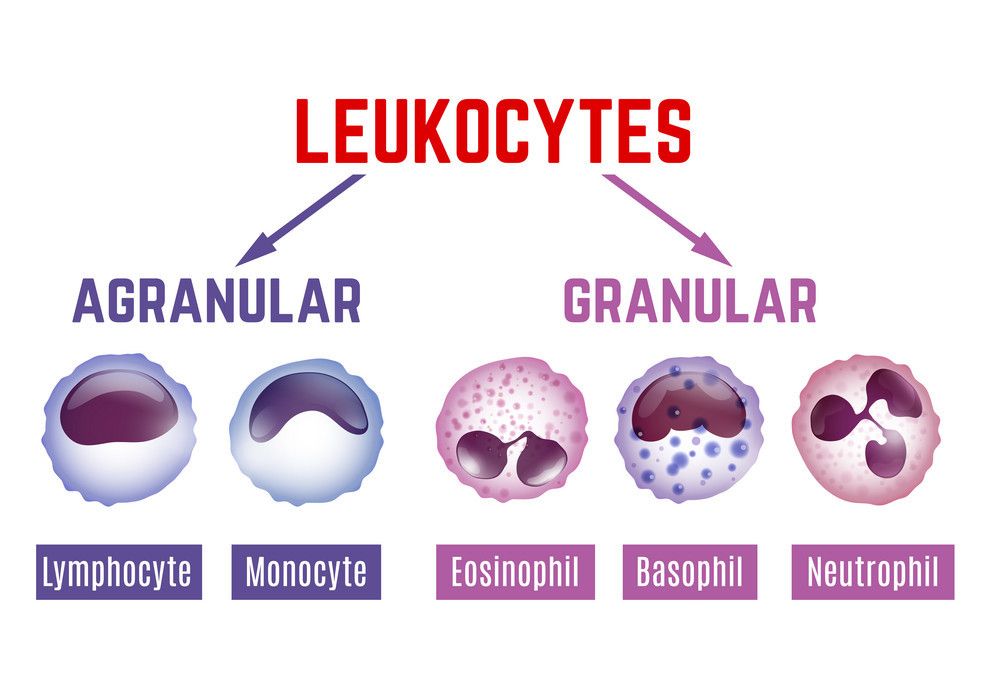
In terms of the granular leukocytes, there are lymphocytes and monocytes. Lymphocytes have a diameter that can vary between six to 30 micrometers. They are classified as small, medium, and large size because of such a wide range of diameter sizes. Their nucleus is usually dark and oval to round, the cytoplasm is thin. So you'll see that the nucleus kind of takes up most of the cell shape, and there's a little thin area around it, that is the cytoplasm. The percentage of lymphocytes in our body is 20 to 25% of circulating white blood cells. Now, what are its functions of it? Lymphocytes give off are T cells, our B cells, and our natural killer cells. And all of those cells are important in immunity and attacking virus, fungi, and transplanted organs.
Monocytes are the second group of granular leukocytes and their average diameter is about 18 micrometers. The nucleus here is special because it appears to be indented, it almost resembles a kidney shape, it is the largest white blood cell in circulating blood but it does not remain in the blood for long, only about three days before migrating into the tissue. It can differentiate meaning it can become, it can turn into different types of macrophages in a specific tissue. So in connective tissue, it goes in and it becomes what's called a histosite, which is still a macrophage just in connective tissue. It can go into this into the lungs and become Aviola macrophages or dust cells, and it can go into the liver and become cut for cells. Now they're doing the same thing in all these different parts. They just have a different name. They take a little longer to get to a site of infection, but they arrive in large numbers. And during inflammation, these monocytes will leave the capillaries and enter those sites that I talked about, the different organs or tissue, and transform into macrophages which function as these signals to the immune system saying, Hey, there's a problem. We need to take care of this invader right now. They phagocytosis or eat bacteria and tissue debris following an infection, and that's why they are important.

Now for us to remember these five different white blood cell types, I like to use, it's: never let monkeys eat bananas N in us, N L never let M E B that's the order of the percentage of, of cells circulating in the blood. So N is neutrophils. That is the highest percentage of white blood cells circulating in the blood 60 to 70%. And those numbers increase in bacterial, usually acute or sudden, or short bacterial infection. Then we have lymphocytes which make up 20 to 25% of circulating white blood cells, and those increase in chronic infections and cancers. Then we have monocytes, which comprise about 3% to 8% of circulating white blood cells. And those increase fungal and viral infections.
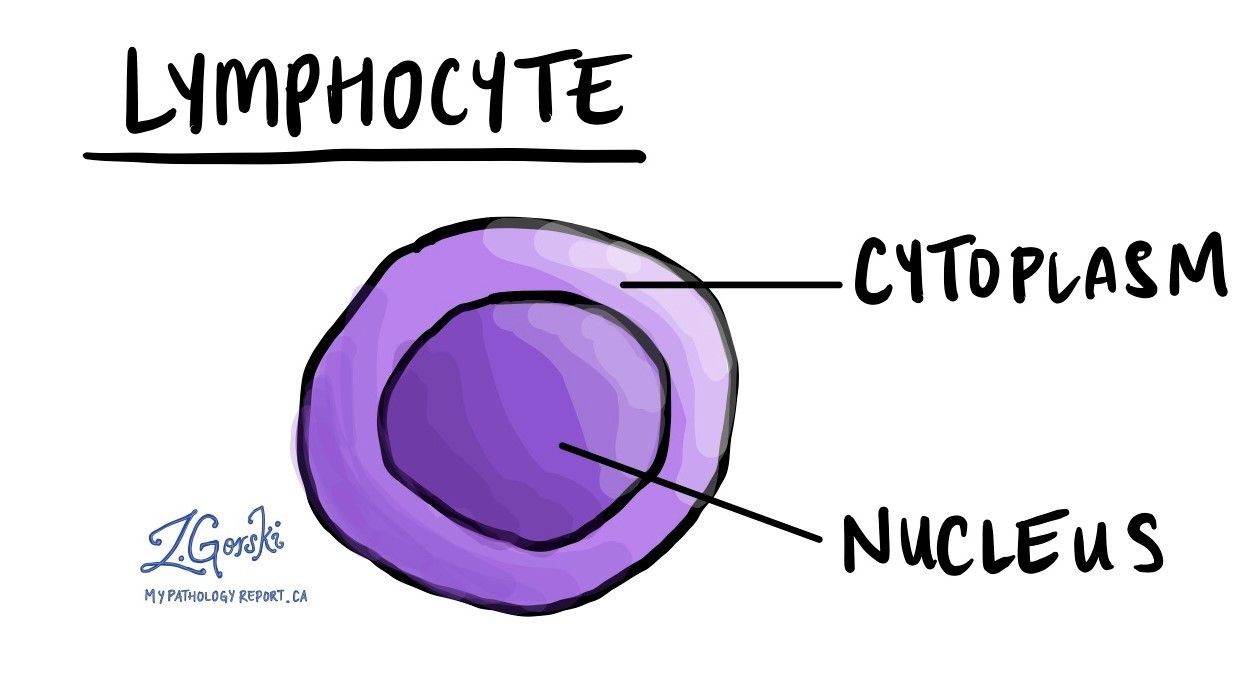
Then we have eosinophils which make up about 2% to 4% of circulating white blood cells. And those will go up in parasitic infections. And then lastly, we have the basils, which make up less than 1% of circulating white blood cells, but those go up in an allergic reaction. You don't need to memorize the numbers, but memorize the order in which they circulate. Which one is there more? And we know it's neutrophils well, if there are more neutrophils, no wonder they can get to a bacterial infection fast. There are more of them and they're important for doctors, especially to look at a lab report and see... okay, I have all of my lists of white blood cells, which one of these is elevated?. If we were to see maybe lymphocytes being elevated, the doctor might decide to work that patient up or do more tests to test for a chronic illness, such as cancer.
So let's do a few more examples before I let you go of histology blood smears. So this one, how many lobes, what is going on here? So the nucleus is not round. It looks like it's divided into several lobes. There are at least four different lobes in the nucleus, and they are connected by that thin strand. Let's see which one of the white blood cells had a nucleus that has multiple lobes about two to four and is connected by a thin strand. If you said neutrophils, you are correct. Okay. Oh, wait, and neutrophils. Do we remember which infection? We would see a high number of neutrophils? Would it be in a viral infection, parasitic infection, or fungal infection? Yeah. Bacterial infection. We have this cell here that has its indented and it doesn't look like a kidney, but it's indented. And we can remember that that one is our monocyte.
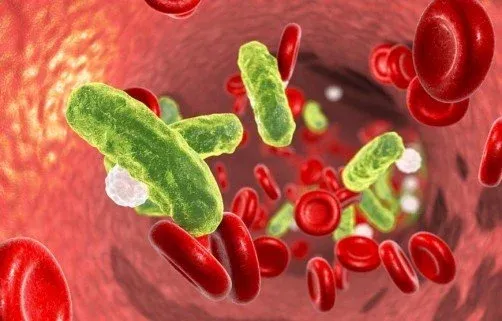
So I hope that you learned something from me today. If you have any questions, you can always feel free to reach out. And that is just a basic overview of the white blood cells. Thank you.

